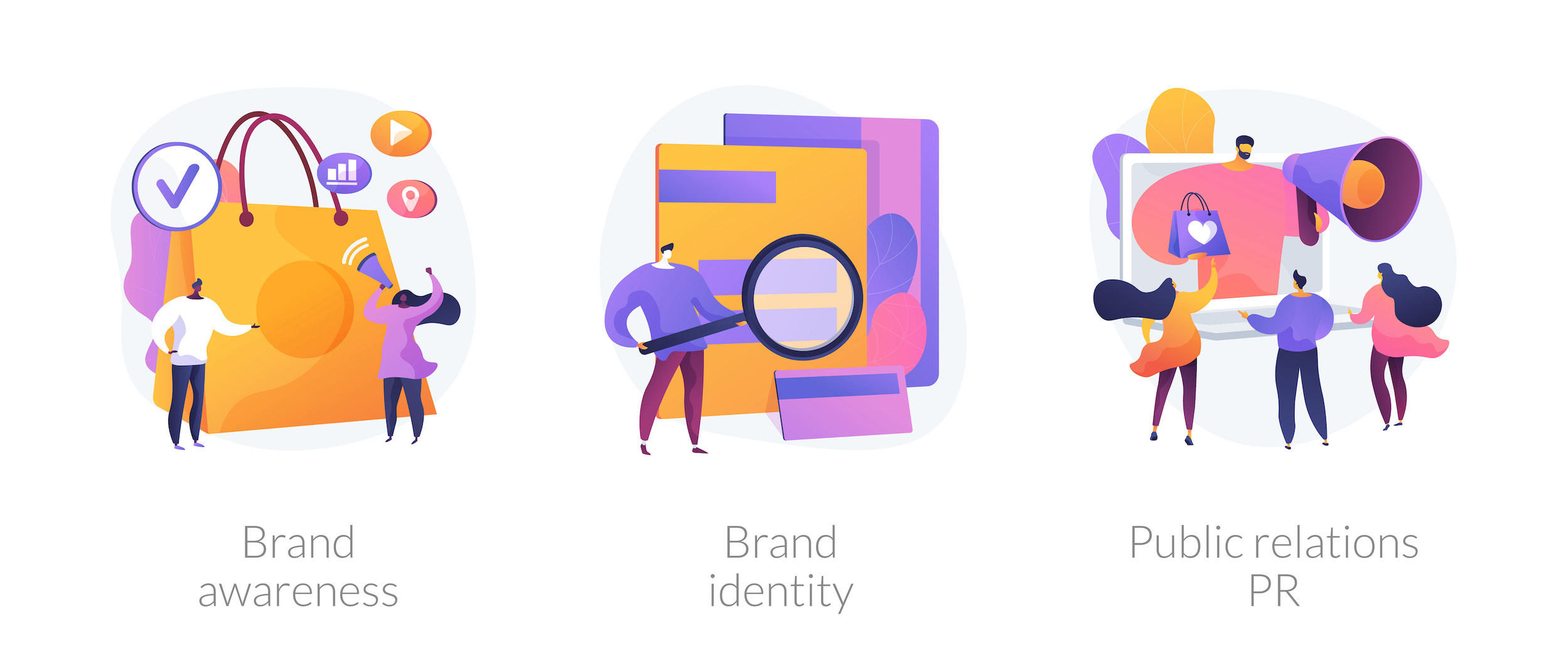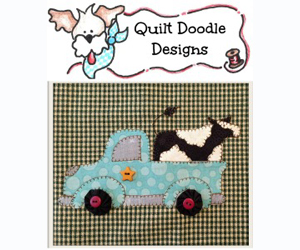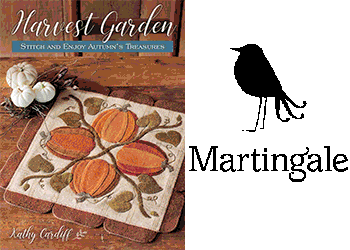
Some of you might be old hands at writing a business plan. But to those of you who aren’t, this post is for you!
There are a lot of resources available to help you in this process. Remember the goal of a business plan is to be a roadmap for where you want to go. A great business plan can help you increase capital, hire top talent, and guide your next decision.
Writing your business plan
Your business plan should be a projection of the next 3-5 years, and should be the roadmap to how you plan on growing revenues. Check out the pieces your business plan should contain below.
- Executive Summary
- Company Description
- Market Analysis
- Organization & Management
- Service or Product Line
- Marketing & Sales
- Funding Request
- Financial Projections
- Appendix
For a description on these and what they include, check out this guide from the Small Business Administration.
Statistics
Still hesitant to get started? According to Quickbooks, businesses with a plan grow 30 percent faster than those without, and owners with plans are twice as likely to grow and get investments and loans.
And before you even begin, be sure you know who your target audience is. That way, you know who you’re speaking to the whole time you’re writing.
Of course, writing a plan is work, and to make your plan stand out, consider ideas for partnerships as you begin your research. Your business plan can be short and to the point, but should show why you care. Be objective, avoid jargon, and don’t be afraid to make changes to your original plan.
Finally, don’t forget to USE IT! Put all that hard work to good use.
If you’re looking for more information to guide you in owning a retail business, subscribe to American Quilt Retailer today. Already a subscriber? No worries—join our Facebook group for insights and dialogue from industry specialists like you. And don’t forget, you can always purchase single issues if you prefer that instead.













